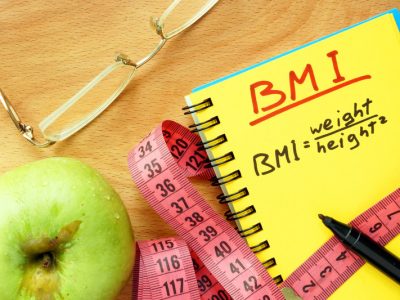
When it comes to chronic low back pain, there’s millions of people knows how it keeps them from enjoying life. Many people seek help from doctors and pain management clinics, and while they may receive therapeutic exercises to do, they may walk out of the office without knowing much about pain foundation itself.Pain Education May Help Patients with their conditions if they are educated about it. Researchers set out to see if pain education makes a difference for those with chronic low back pain two to three months after their initial treatment period.
In the February 2020 issue of the Journal of Sports Rehabilitation,
researchers share their findings on whether or not providing pain education makes a difference for those with low back pain. For the study, they did a literature review of eight studies that were related to the topic. The studies that they used were split when it came to reporting that the patients received exercise therapy alone, or if they received pain education along with exercise therapy.
The researchers advise that pain education offers a more well-rounded approach to providing effective treatment to patients. Of the eight initial studies they reviewed, three met the inclusion criteria that they were looking to evaluate. Two out of those three studies reported that the patients had reduced symptoms of chronic low back pain with therapeutic exercise and pain education.
In conclusion, the researchers find that there is moderate evidence to support the use of providing pain education along with therapeutic exercises. Further, they advise that educational interventions should be created and provided to patients in an effort to educate them on the foundation of pain. They recommend that pain education should be a part of the pain management strategy for those with chronic low back pain.
Those who are providing care and pain management support for people with chronic low back pain may want to make an effort to include pain education. Because pain education may help patients in facing their chronic illness
Pain education should include discussing their
- Diagnoses
- Treatment options
- Ways they can help prevent the pain from becoming worse
- Side effects
- Alternative treatment options
- Pain measurement
- Various self-management options.
According to the NIH, low back pain which lasts for at least 12 weeks, despite the underlying cause being treated. They report that 20% of those with acute low back pain will develop chronic low back pain.
Source:
- Journal of Sports Rehabilitation. Pain Education With Therapeutic Exercise in Chronic Nonspecific Low Back Pain Rehabilitation: A Critically Appraised Topic. February 2020. https://www.ncbi.nlm.nih.gov/pubmed/32106086
- National Institutes of Health. Low Back Pain Fact Sheet. https://www.ninds.nih.gov/Disorders/Patient-Caregiver-Education/Fact-Sheets/Low-Back-Pain-Fact-Sheet







